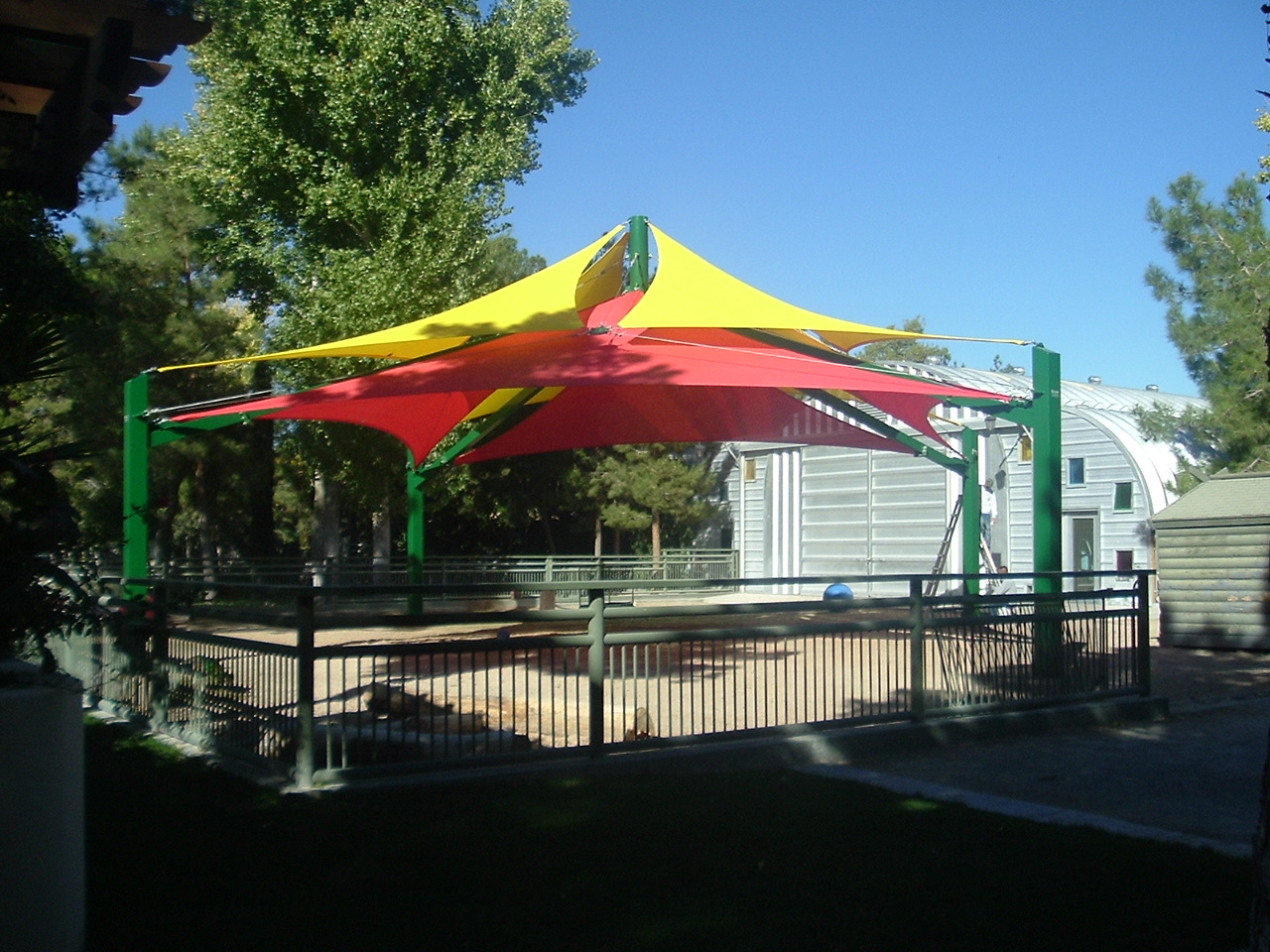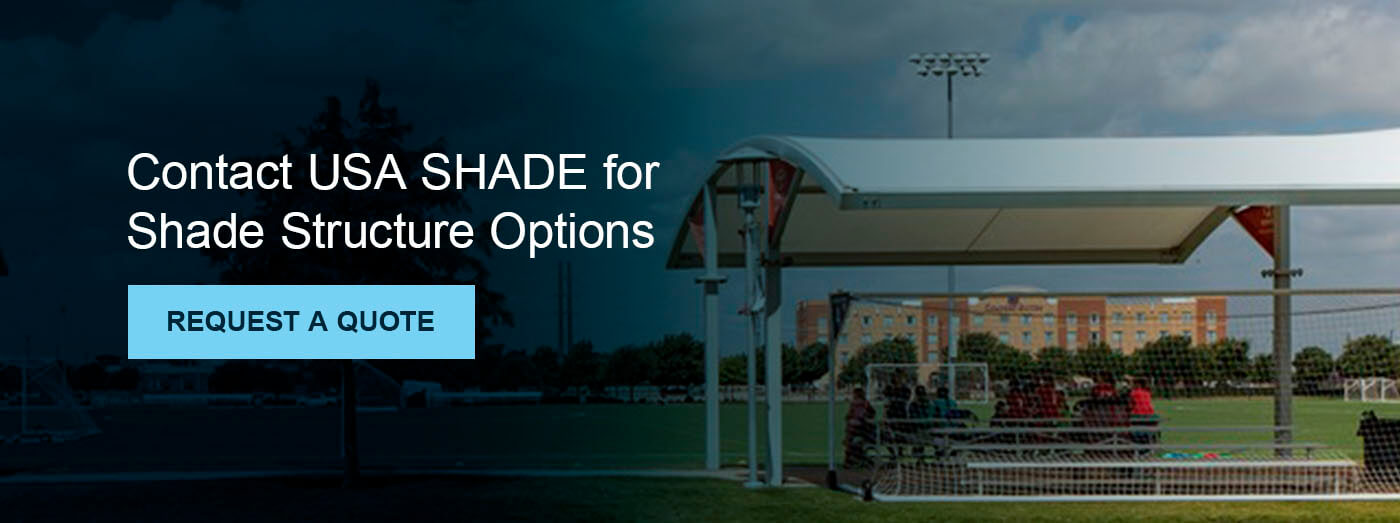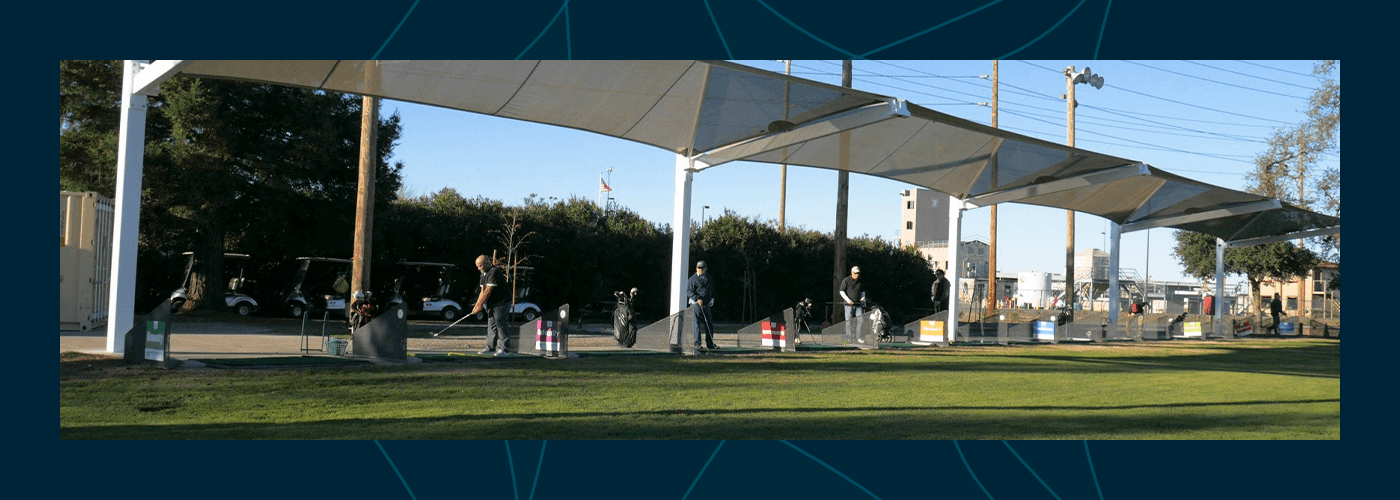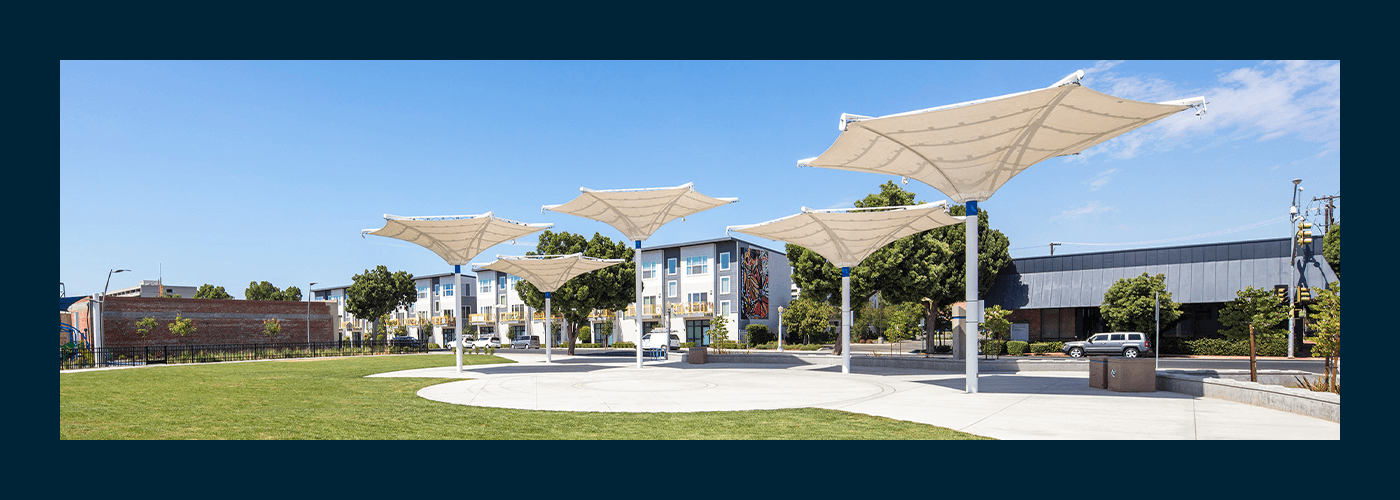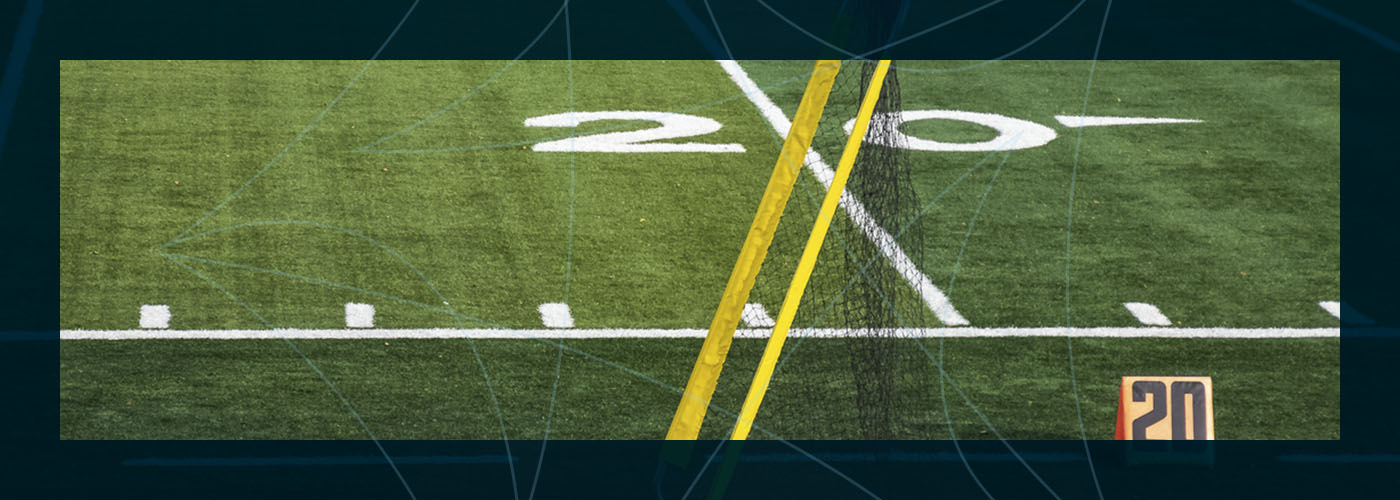

It’s an exciting time at high schools as fall sports season approaches, and players are hard at work preparing for their first games. Beforehand, your school may want to work through an athletic field maintenance checklist. This way, maintenance teams can discover what adjustments and upgrades to make to ensure fields are in game-ready condition.
Preseason Sports Field Maintenance Checklist
Below, explore an in-depth sports field maintenance checklist to ensure your school has everything in order for fall sports.
1. Clean Fields of Debris
Removing debris, such as leaves, twigs, stones and other objects, protects players during their games and ensures grass growth for natural fields. To ensure optimal conditions on your school’s fields, systematically rake, drag and spray the field with water to clear and remove any unwanted objects and debris that could impede play, damage the turf and create an untidy appearance.
2. Mow Natural Turf
If your school has sports fields with natural turf, regular and precise mowing promotes grass growth and keeps the field ready for play. Ensure your school’s maintenance team understands the type of grass, time of year and current field conditions when mowing. Another area to consider is what the field is used for, as different sports require varying grass treatment.
3. Aerate Natural Turf
Another critical step to ensuring grass growth, improved drainage and better playability is to aerate natural grass turf. A thorough turf aeration will counteract turf compaction and loosen the soil, allowing air, water and fertilizer to penetrate and reach the turf roots. Depending on your high school’s fields’ needs, your school can use spike aeration or core aeration.
4. Treat Natural Turf for Weeds
Regarding weeds in the fall, it’s essential to speak to your high school field maintenance provider or team to create a weed control program for fields. That is because your school may have a weed issue affecting the fields’ grass health and appearance. However, fall is also a prime time to establish new seedlings without extensive weed chemical control.
5. Repair Divots and Damage
Before the sports season starts, doing a full inspection of the field and repairing any divots and damage, such as dry and uneven areas, helps prevent holes from worsening and allows the grass to grow back quicker. Additionally, repairing divots of any size ensures a safe field for players. Following a game, it’s best to do a follow-up inspection for damage, as players’ shoes can cause divots to form.
6. Irrigate Natural Turf
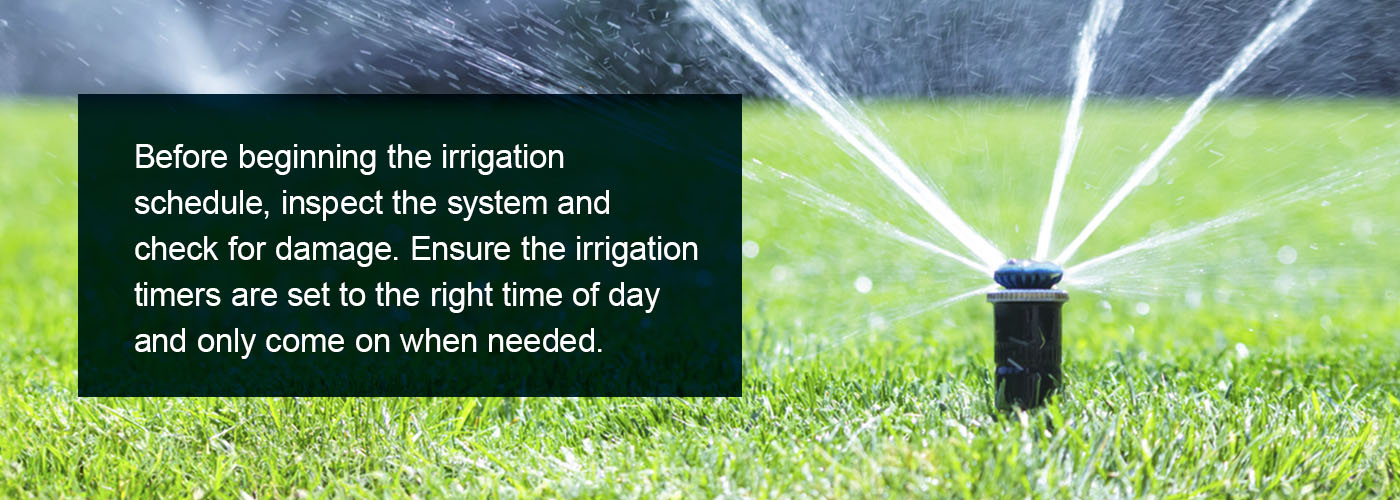

Going into fall, natural grass still needs adequate water to grow and sustain its quality. Before beginning the irrigation schedule, inspect the system and check for damage. Ensure the irrigation timers are set to the right time of day and only come on when needed. Pay attention to the weather forecasts, as well.
7. Paint Field Lines
Before you paint field lines and markings, make sure the field is fully prepared. Allow the field to dry before you paint the lines, and avoid irrigating directly afterward. Also, observe the weather and watch the forecasts to help plan when to paint the field lines.
Excessive mowing and irrigation following line painting will cause the lines to fade, so maintenance teams should plan to repaint the lines during the season.
8. Inspect Bleachers
The International Code Council supplies standards for bleachers and other stands and outlines safety compliance measures. In addition, the National Fire Protection Association has standards for relevant structures.
Both documents highlight the requirements for an annual inspection to ensure bleachers are in good shape and safe for visitors and players. These inspections should be carried out by a certified professional.
How to Decrease Routine Sports Field Maintenance
Ongoing repair maintenance takes time and money — both valuable resources your school can benefit from allocating to other areas. Although it’s essential to maintain all school grounds no matter what, maintenance teams can use many ways to decrease routine sports field maintenance.
1. Implement Drainage Systems
Cut down on time spent mowing and removing water from fields by having good drainage. Installing adequate drainage helps avoid damage and removes the need for extra maintenance, as drainage systems prevent water from sitting and building up on the turf. Keeping fields level with a minute slope away from the center is also essential for water drainage.
2. Consider Permanent Field Markings
Instead of constantly reapplying line paint, your school can install permanent field markings such as artificial grass lines. Use a specialized sod cutter to note the exact line measurements and inlay the artificial grass in various colors, including white, yellow, red and blue.
Most high-quality artificial grass markings, intended for natural turf fields, mimic the features of real grass to promote a seamless inclusion using seaming cloth and environmentally friendly glue. Alternatively, if your school needs to use the area for various sports, choosing a long-lasting paint could help limit the number of repaints and help to save money in the long run.
3. Cover Seating Structures
Outdoor seating structures are a significant investment, and weather can cause severe deterioration over time. Covering seating structures with shade structures around your high school fields can help preserve and prolong these seats. Doing so also adds to the fields’ visual appeal and improves spectator and player experiences.
Whether your school requires shade structures for bleachers or has more extensive needs, such as open-air stadium shade structures, viable solutions are available to help reduce maintenance and promote seating structure life span.
Shade Structures for Sports Fields and Bleachers
Consider including shade structures this fall to start enjoying the following benefits:
- Improve your school’s sporting facilities.
- Show off your school’s team colors.
- Protect visitors, spectators and players from the sun, rain and heat.
- Encourage repeat visits from supporters and spectators.
- Prevent equipment fading and deterioration due to sun exposure.
Popular shade structure designs for bleachers and seating include various cantilever shade structures for clearer views and wrap-around cantilever shade structures to better accommodate the layout of your school bleachers. Alternatively, your school can talk to a shade structure supplier to design a custom shade structure specific to your school facility’s needs.
Contact USA SHADE for Shade Structure Options
As your school begins athletic field maintenance, consider why you might invest in shade structures and how USA SHADE can help transform and improve your school’s sports field facilities. At USA SHADE, we pride ourselves on being a trusted leader in the shade structure industry with years of experience and a deep knowledge of design and technology. To take the next step in your school’s sports field upgrade, fill out our quote request form, and we’ll get back to you right away.


